Flannel, a fabric cherished for its warmth and comfort, has found its way into a variety of clothing and home decor items, from cozy shirts and pajamas to soft bed linens and blankets. This versatile material, originally made from carded wool or worsted yarn, has evolved over time and now includes a range of blends, textures, and finishes.
Understanding the different types of flannel fabric is essential for making informed choices, whether you’re selecting a new winter wardrobe staple or crafting a custom piece for your living space. This ultimate guide delves into the diverse world of flannel fabrics, highlighting their unique characteristics, uses, and care tips to help you choose the best option for your needs.
What Is Flannel Fabric?
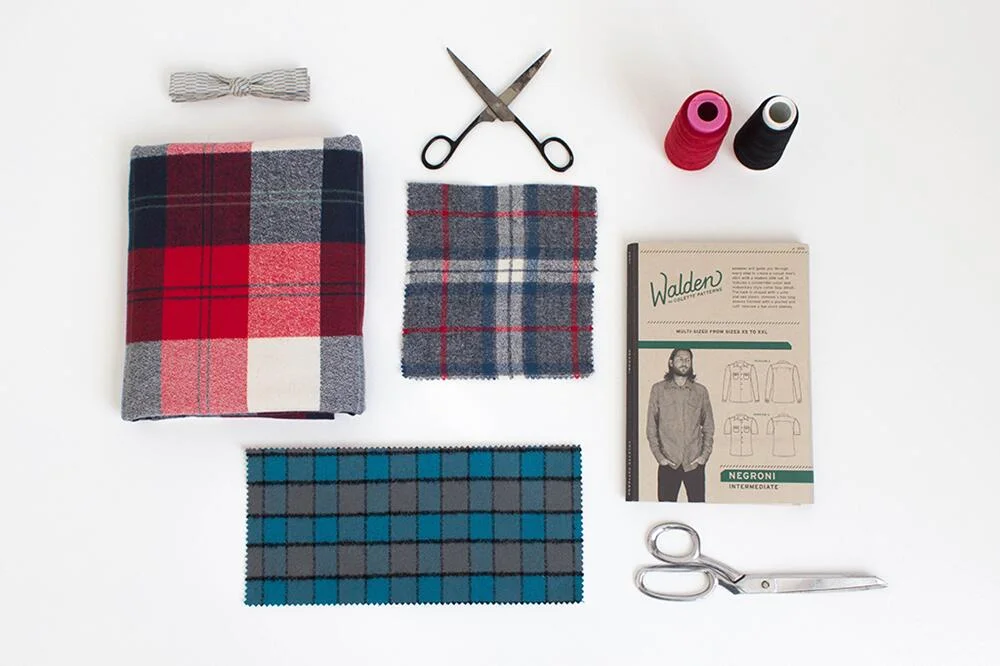
Flannel fabric is a soft, medium-weight textile known for its napped, fuzzy finish, which can be present on one or both sides. This unique texture is created either by brushing the fibers or utilizing a loose weave, resulting in a fabric that is exceptionally warm and cozy.
Originally made from carded wool, flannel has evolved to commonly feature cotton, sometimes blended with synthetic fibers. Its comforting feel and excellent insulation make flannel a popular choice for winter clothing, bedding, and pajamas, often showcased in classic patterns like plaid and tartan.
History And Evolution Of Flannel Fabric
Flannel fabric, originating in 17th-century Wales, was initially created to provide warmth and comfort. Traditionally, it was made from carded wool, woven loosely, and brushed to achieve its signature fuzzy finish. This method enhanced the fabric’s insulating properties, making it ideal for cold weather.
By the 20th century, cotton replaced wool as the primary material sometimes blended with silk. Today, modern adaptations include synthetic blends, with 100% cotton flannel remaining the softest and coziest option.
Types Of Flannel Fabric
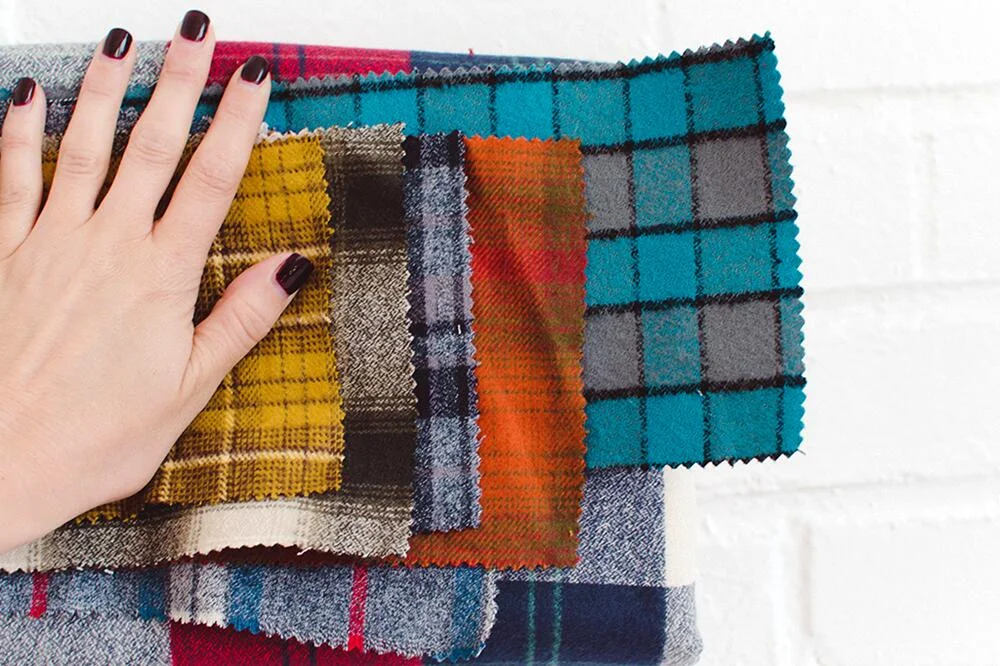
Flannel fabric is beloved for its versatility, offering a wide range of variations defined by the fibers used in its weave, as well as textures, finishes, patterns, and designs.
Wool Flannel
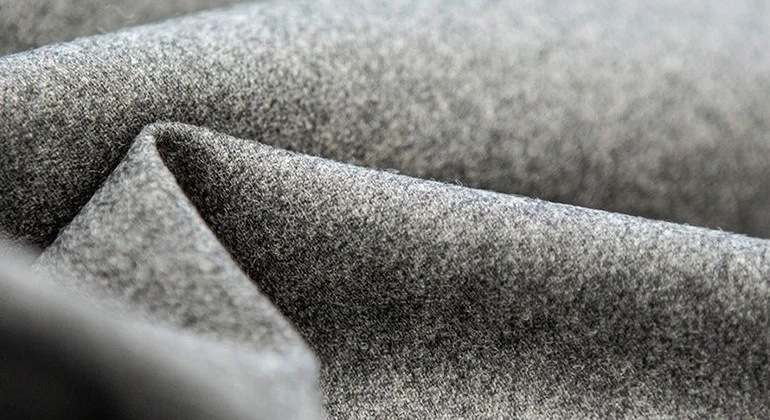
Wool flannel is a classic fabric known for its exceptional warmth and durability. The dense, woven wool fibers provide excellent insulation, making it perfect for cold weather. The fabric’s natural breathability helps regulate temperature, keeping you comfortable.
Wool flannel is also moisture-wicking, which helps to keep you dry. Commonly used for tailored garments such as suits, trousers, and skirts, wool flannel adds a touch of sophistication and warmth to your wardrobe, ideal for both casual and formal wear.
Cotton Flannel
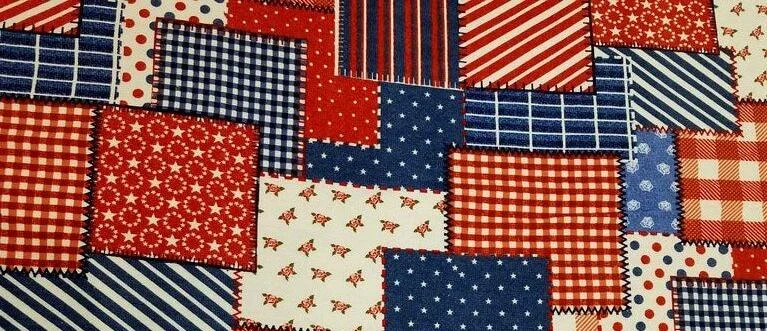
Cotton flannel is a soft and cozy fabric renowned for warmth and comfort. Its unique texture comes from a loosely spun weave, creating a gentle surface against the skin. Flannel’s exceptional insulating properties make it ideal for cooler climates or winter wear, providing a snug barrier against chilly temperatures.
This fabric is highly absorbent and capable of wicking moisture away while maintaining a breathable feel, which helps regulate body temperature. Commonly used in clothing like shirts, pajamas, and outerwear, flannel is favored for its durability and ease of care.
Its versatility extends beyond apparel to include bedding such as sheets and blankets, offering a comforting embrace for a good night’s sleep. Whether you’re lounging at home or braving the outdoors, cotton flannel ensures both comfort and style with its plush texture and practical benefits.
Synthetic Flannel
Synthetic flannel, crafted from polyester or other fibers, mimics the softness and warmth of traditional cotton flannel while offering distinct advantages. Its smooth texture and lightweight feel make it easy to wear and care for. Synthetic flannel is prized for its quick-drying properties and resistance to wrinkles, making it an excellent choice for travel or active lifestyles.
This fabric retains heat effectively, providing insulation in cooler conditions without the bulkiness of other materials. Commonly used in outdoor gear like jackets and sleeping bags, synthetic flannel excels in moisture management, keeping you dry and comfortable during physical activities. It’s also popular for casual wear such as shirts and loungewear, offering a cozy alternative to traditional fabrics.
With its durability and color retention, synthetic flannel maintains its appearance wash after wash, making it a practical choice for everyday use. Whether you’re hiking, relaxing at home, or navigating your daily routine, synthetic flannel combines comfort and functionality seamlessly.
Blended Flannel
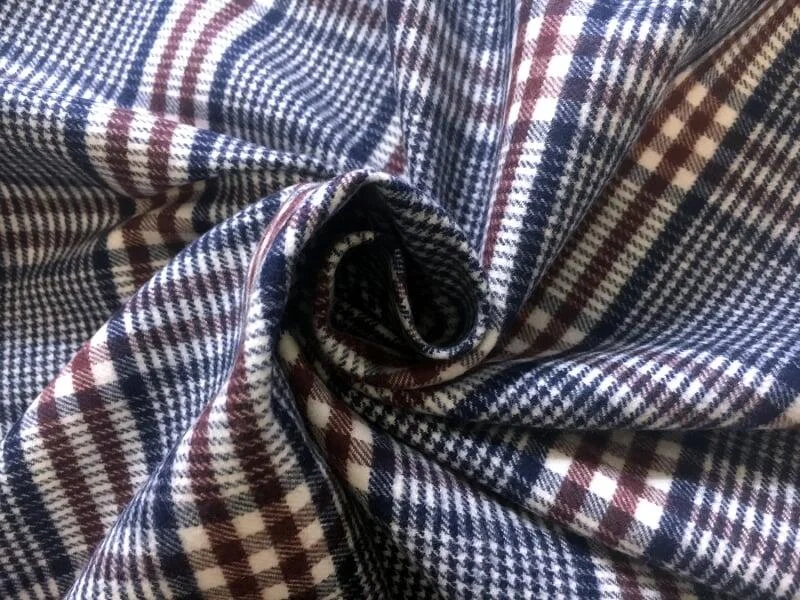
Blended flannel blends the best of both worlds, combining the natural softness of cotton with the performance benefits of synthetic fibers. This hybrid fabric offers a luxurious feel against your skin, enhanced by added durability and wrinkle resistance. Blended flannel retains warmth efficiently while promoting breathability, ensuring comfort in various climates.
Commonly used in a range of apparel, from stylish shirts to cozy blankets, blended flannel is favored for its versatility and practicality. Its ability to wick moisture away makes it suitable for both indoor lounging and outdoor adventures. The fabric’s resilience to wear and tear means it withstands frequent washing and maintains its shape and color over time.
Whether you’re layering up for winter or seeking comfort during a relaxed evening at home, blended flannel adapts effortlessly to your needs. Its blend of natural and synthetic fibers ensures a soft, durable, and easy-to-care-for fabric that remains a timeless choice for all-season comfort and style.
Brushed Flannel
Brushed flannel is a fabric that undergoes a special finishing process where its surface is gently brushed to create a soft, fuzzy texture. This treatment enhances its warmth and comfort, making it incredibly cozy to the touch. The brushing process raises the fibers, creating a nap that traps heat effectively, providing excellent insulation against the cold.
The brushed surface feels luxuriously soft and plush against your skin, offering exceptional warmth ideal for cooler temperatures. Its fuzzy texture adds extra comfort, making it perfect for loungewear and bedding, while maintaining breathability to prevent overheating. However, brushed flannel may require more care during washing to preserve its softness, and its warmth may limit its suitability for hot weather.
Commonly used in pajamas, shirts, and bedding such as sheets and pillowcases, brushed flannel is favored for its ability to provide a cozy haven during chilly nights.
Unbrushed Flannel
Unbrushed flannel undergoes a finishing process that leaves its surface smooth and flat, preserving the natural texture of the fabric without a fuzzy nap. This results in a fabric that feels smooth and crisp, reminiscent of traditional cotton textiles, yet still gentle against your skin.
It retains the fabric’s natural texture, appealing to those preferring a smoother feel. Unbrushed flannel tends to be more breathable, and suitable for a wider range of temperatures. The absence of brushing enhances durability and resistance to wear. It may provide less warmth than brushed flannel due to the absence of a raised nap. It lacks the plush, cozy feel of brushed flannel, which some may prefer for comfort.
Commonly used in shirts, duvet covers, and lightweight jackets, unbrushed flannel is valued for its versatility and durability. It offers a classic, crisp feel with natural breathability, suitable for both indoor and outdoor wear.
Plaid Flannel
Plaid flannel holds a rich historical significance, originating from traditional Scottish tartans worn by clans as symbols of identity and heritage. Over time, plaid patterns evolved into a global fashion icon, particularly popularized during the 19th century when wool flannel shirts became synonymous with rugged outdoor workwear.
Today, plaid flannel remains immensely popular for its timeless appeal and versatile uses. It’s celebrated in casual attire such as button-up shirts and cozy pajamas, offering both style and comfort. The distinctive checkered patterns, ranging from classic tartans to modern interpretations, add a touch of character to everyday wardrobes.
Beyond fashion, plaid flannel continues to be favored in home decor, adorning bedding, curtains, and upholstery with its warm, inviting aesthetic. Its durable nature and soft texture make it ideal for creating a cozy atmosphere indoors while maintaining a rugged charm suitable for outdoor adventures.
Solid Flannel
Solid flannel fabric, known for its simplicity and versatility, features a single, uniform color without patterns or prints. This clean aesthetic makes it highly adaptable to a variety of uses and styles. Whether in clothing or home decor, solid flannel offers a timeless appeal that effortlessly blends into different settings.
In apparel, solid flannel shirts are a staple for casual wear, providing comfort and warmth with a classic look that pairs well with jeans or trousers. Solid flannel is also popular for creating cozy pajamas and loungewear, offering a soft touch and insulation during cooler seasons.
Beyond clothing, solid flannel is widely used in home textiles such as bedding. Solid-colored flannel sheets and pillowcases add a touch of warmth and comfort to bedrooms, inviting relaxation and rest. Its versatility extends to crafting accessories like blankets and throws, enhancing both style and comfort in living spaces.
Printed Flannel
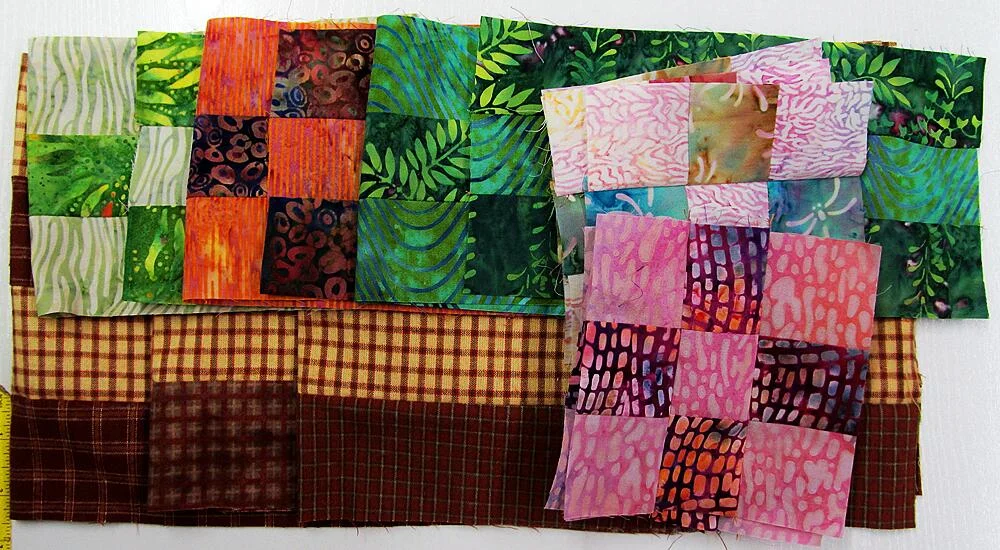
Printed flannel offers a diverse array of designs and patterns that add a vibrant touch to its cozy texture. From classic plaids to whimsical motifs, printed flannel caters to various tastes and preferences, making it easy to find a style that suits your personality. The printing process enhances the visual appeal without compromising the fabric’s softness and warmth.
Commonly used in apparel like pajamas, shirts, and children’s clothing, printed flannel brings fun and character to everyday wear. Its lively designs also make it popular for crafting projects such as quilts and throw blankets, adding a charming aesthetic to home decor. When choosing printed flannel, consider the scale and complexity of the pattern—larger prints can make a bold statement, while smaller prints offer a more subtle elegance.
While printed flannel adds visual interest, ensure to follow care instructions to preserve both color vibrancy and fabric integrity over time.
How To Choose The Best Flannel Fabric?
When choosing the best flannel fabric, consider each type’s suitability based on your specific needs and preferences. For clothing, Wool Flannel provides optimal warmth and durability, making it ideal for outerwear. Cotton Flannel offers comfort and breathability, perfect for shirts and pajamas, while Synthetic Flannel excels in activewear with its quick-drying properties. Blended Flannel combines natural comfort with synthetic versatility.
In-home decor, Brushed Flannel adds warmth to bedding and curtains, enhancing coziness, while Unbrushed Flannel is suitable for durable upholstery and versatile curtains with its smooth touch. For crafting, Cotton Flannel is easy to work with for quilting and sewing, and Wool Flannel provides structure and warmth for outerwear and accessories.
Consider climate and season: Brushed Flannel keeps you warm in colder climates, while Unbrushed or Cotton Flannel suits milder temperatures with better breathability. Personal preferences such as texture—the softness of brushed or smoothness of unbrushed and aesthetic choices—classic Plaid, versatile Solid, or vibrant Printed patterns, all play crucial roles in selecting the right flannel fabric for clothing, home decor, or crafting projects.
Care And Maintenance Of Flannel Fabric
To keep your flannel in top condition, follow these care tips. When washing, use cold water and a gentle detergent to preserve its softness and color. Turn garments inside out to minimize pilling, and avoid overloading the machine. Air dry whenever possible to prevent shrinking and maintain fabric integrity.
For long-term storage, ensure items are clean and fully dry before storing them in a cool, dry place away from direct sunlight. Avoid plastic bags; opt for breathable fabric storage to prevent moisture buildup and maintain freshness. These steps will help extend the life and comfort of your flannel pieces.
Conclusion
In conclusion, understanding the nuances of flannel fabric types empowers individuals to make informed choices based on their specific needs and preferences. Whether seeking warmth in Wool Flannel, comfort in Cotton Flannel, or versatility in Synthetic and Blended Flannels, each variant offers distinct advantages for clothing, home decor, and crafting.
Texture preferences, from plush Brushed to smooth Unbrushed, and aesthetic considerations such as Plaid, Solid, or Printed patterns, further enrich the selection process. By considering these factors, consumers can confidently select the perfect flannel fabric to enhance both style and functionality in their everyday lives.
